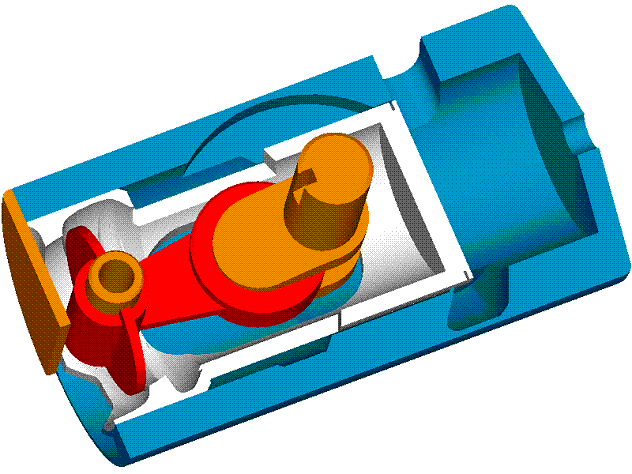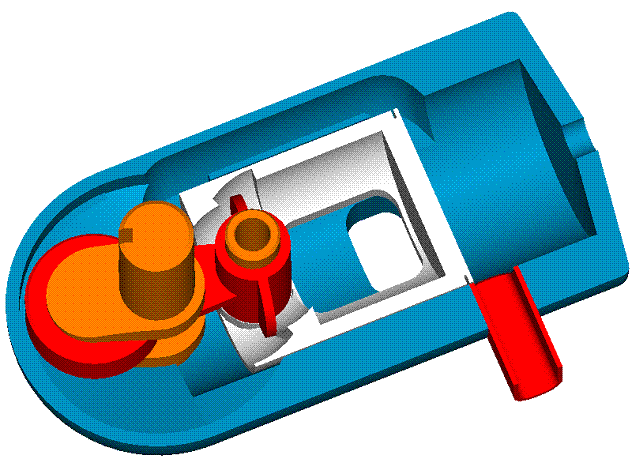Ric wrote:
Give a million dollars and three months and I'll be able to design in even more moving parts !

Ric, talking for simplicity, please take a look at the tilting valve two stroke arrangement at
http://www.pattakon.com/pattakonTilting.htm
In the GIF animation above, it is shown the pull-rod version tilting valve arrangement.
The dead volume of the scavenging pump is smaller allowing better scavenging efficiency at high or extreme revs.
The pressure inside the crankcase never exceeds the ambient pressure.
The thrust loads are taken at the scavenging end of the piston wherein the cylinder and the piston are substantially cooler (more reliable operation with lower lube consumption).
With the "combustion" side of the piston being rid of thrust loads, and with the wrist pin not hiding the backside of the piston crown, the piston and the cylinder run cooler and more reliable.
The only duty that remains for the "combustion" side of the piston to fulfil is to seal the combustion chamber.
The substantially longer piston dwell around the combustion dead center enables higher revs and thereby higher power to weight ratio (higher specific power). The piston remains at the top 10% of its stroke for some 35% longer time.
It comprises only three moving part. If it seems complicate , take a look at the conventional push-rod tilting valve arrangement below:

Objections? Comments?
Thanks
Manolis Pattakos





